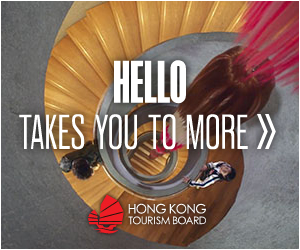
Three days in Paris and its region during the RWC
The entirety of France has been pumping since the Rugby World Cup kicked off in mid September with Les Bleus beating the All Blacks in the opening match.
But when you arrive in Paris and in Paris Region, the excitement goes to a new level.
Within seconds of hoping off a train at Paris Gare Du Nord, the World Cup is everywhere, with wall art featuring images of the best players from around the world, Les Bleus memorabilia and merchandise all over the place and a scattering of accents that quickly remind you of the truly global nature of our wonderful game.
Rugby News was fortunate enough to be invited to spend three days in Paris and its region with our friends at Paris Je T’aime and Visit Paris Region and we did a lot more than just pick Eddie’s leftover croissants and baguettes.
If you’re planning a trip to Paris and its region, for next year’s Olympics or sometime in the future, here’s a little of what they has to offer beyond the typical tourist trail.




